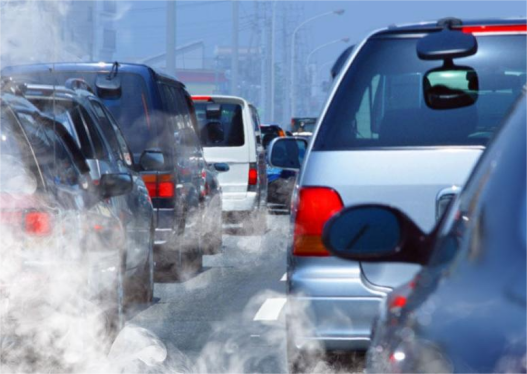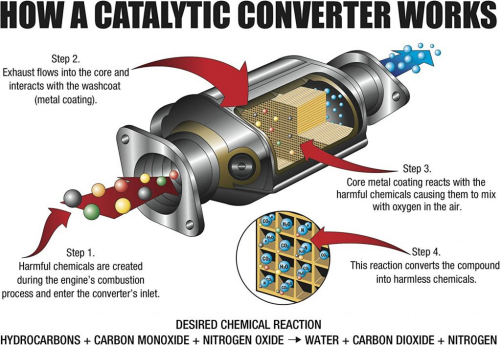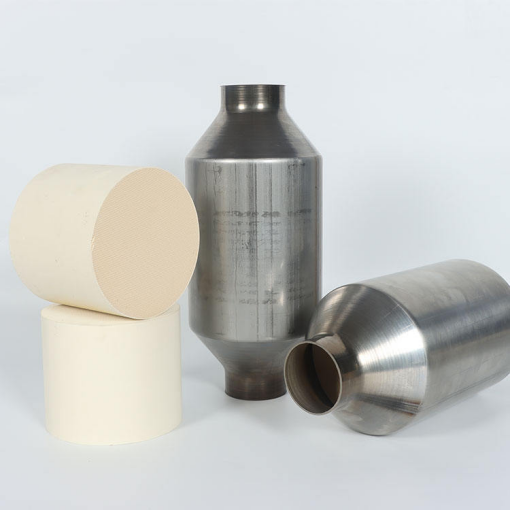In today’s era, global environmental pollution is still a serious problem. Many problems such as global warming, depletion of the ozone layer, and air pollution are threatening the survival and safety of human beings and creatures.
SO2 and NOx entering the atmosphere are not only poisonous in themselves, but also combine with water droplets in the atmosphere to form acid rain, which is harmful to the environment.
Vehicle emission pollution is one of the main pollution sources. Vehicle emission pollutants mainly come from internal combustion engines. The harmful components include CO, HC, NOx, particulates, and sulfides. Among them, the main pollutants of gasoline vehicles include CO, HC, and NOx. Human eyes and respiratory tract cause irritation, and hinder the normal growth of animals and plants. Therefore, it is very important to install three-way catalytic converters to reduce vehicle pollutant emissions.
The catalytic converter oxidizes (burns) HC and CO emissions that are released into the exhaust system.
High temperatures (about 800 degrees Celsius) ignite these emissions and convert them into harmless gases (carbon dioxide and water vapour).
The catalytic converter is one of the important components that affect the performance of the car and environmental protection. For gasoline engines, catalytic conversion technology, as the most effective after-treatment measure to reduce exhaust pollution, has attracted more and more attention from various countries, among which three-way catalytic converters are widely used in various types of automobiles.
In the exhaust system of almost all modern cars there is a catalytic converter, which is placed in front of the muffler and cleans the exhaust by oxidizing and disposing of harmful gases.
A catalytic converter that uses a catalyst consisting of ceramic blocks is called a unitary converter, and when small ceramic particles are used, it is called a catalytic converter with ceramic particles. The inner honeycomb ceramic substrate has a porous structure to increase the reaction area and ensure that there are enough catalysts (Pt, Rh, Pd) on the coating surface for higher conversion.
Theoretically, the three-way catalytic converter can reduce the emission of pollutants by 95%, which greatly improves the environmental protection of the car. After the exhaust gas passes through the three-way catalytic converter, the content of pollutants and toxic substances will be reduced.
Environmental record
Catalytic-converter-equipped vehicles have helped cut other air pollutants by more than 3 billion tons worldwide between 1975 and 2000; of these 1.5 billion short tons was in the United States. Automobiles meet emission standards that required reductions of up to 98+ percent for HC, 96 percent for CO, and 95 percent for NOx compared to the uncontrolled levels of automobiles sold in the 1960s. Despite the fact that fuel use increased approximately 50 percent and vehicle miles traveled nationwide increased by 150 percent between 1970 and 1998, CO, VOC, and NOx emissions from motor vehicles in 1998 decreased by over 44 million short tons compared to 1970 levels.
Environmental protection is a very arduous and long-term task. It is not a matter for one person, but everyone, every country, and even the whole world needs to pay attention, because we live together on
this earth.
Did you benefit from this article? If you have any questions or suggestions, feel free to drop them through email or text message!
Post time: Jan-02-2023










